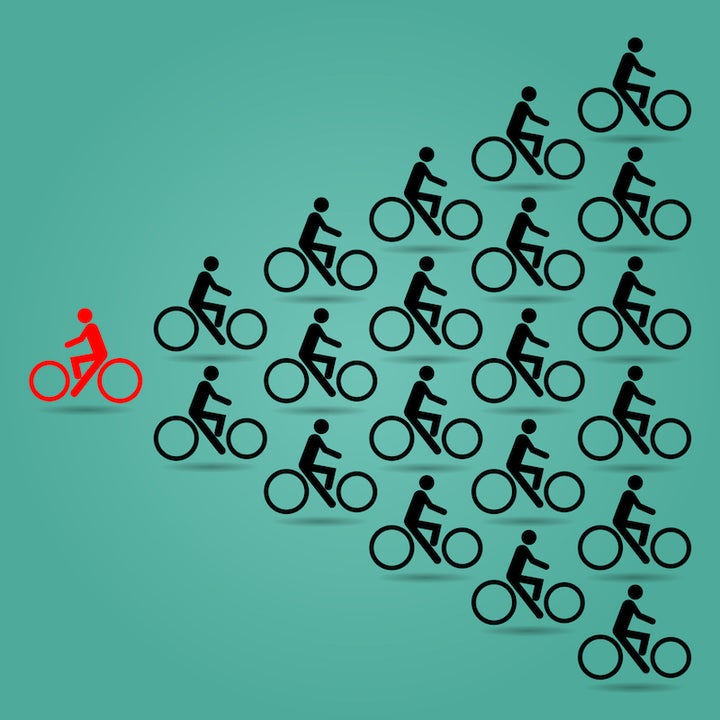
I’ve been trying a practice of “doing the opposite” lately. I read about it a while ago in a blog post (can’t remember where – I read a lot of blog posts!) and thought, hmmm… that’s interesting.
The idea is to do the opposite of what you’d normally do and see what happens. As a self-proclaimed “doer” who has a natural tendency to take action (even when there might not be action to take), I had visions of myself becoming a sloth. But no, this practice isn’t just about “DOING”, it’s about “BEING” too.
We all have natural tendencies for how we behave. Many we were born with and many we learned. Regardless, they are probably habits by now and we may not even be aware of them. So, why would you want to go against your natural tendencies and habits? To create change. Please note, I’m not suggesting you do anything to put yourself in danger or harm’s way. If you normally avoid a bad part of town because there are known dangers, by all means keep doing that. If you avoid boating because you get seasick, please don’t go out on the water.
What I’m suggesting is doing things different to get yourself out of your comfort zone and create positive change in your life. Most of my clients come to me for help because they get stuck in a rut – they want to make changes in their lives, but they don’t know what to do. If you want things to be different in your life, you must do things differently! (Most of us have heard this before.)
Doing and being the opposite of your normal tendencies is one way to get out of a rut and start creating change. For example, if your natural tendency is to avert eye contact while walking along the street, why not seek eye contact with strangers and smile instead? If you’re natural tendency is to get annoyed that your husband leaves a mess in the kitchen after he cooks, why not appreciate the fact that he cooks instead? If your natural tendency is to join a gym on Jan. 1 and then stop going after one week, why not join a gym now instead of waiting?
Because our natural tendencies are so habitual to us, you might not be able to plan for how to do or be the opposite until it’s upon you. For example, I set out to “do/be the opposite” for a month. I didn’t even know what that meant, but knew the first step was to pay attention to how I’d normally want to react, speak, or behave in situations and then make a conscious choice to do the opposite.
So, when I’d feel myself tense up as I walked into my messy kitchen and instantly start to clean up after my husband’s cooking fiasco, I decided to not do anything except appreciate the dinner he cooked. What happened as a result? He actually cleaned up the kitchen (later that night) without a word or any help from me.
When I get frustrated that certain business activities are taking “too long” to solidify and want to push things to close, I step back instead. I trust that all that’s meant to be will come to fruition regardless of whether I push or not.
Where I would normally push and force, I instead chose to wait and allow.
Where I would normally retreat and avoid, I instead stepped forward and opened myself up to new possibilities.
When I would normally allow boundaries to be broken, I instead honored them rigorously.
When I would normally ignore signals that my body needed to rest and continue push myself, I instead gave my body the care it needed.
One of my clients is a busy woman who owns a business in NYC. She’s constantly moving quickly, with the pace of the city, and feels like she’s rushing through life. She desires a more peaceful existence with greater personal connection. She decided to try “doing/being the opposite”. Instead of rushing through the streets of NYC, she now strolls. She also makes a point to try to make eye contact and say hello to whomever she makes eye contact with; at first, she wasn’t able to make eye contact with the other hurried people on the streets but she kept at it. (Her tendency would’ve been to say, “forget this” and start hurrying again, but she did not succumb.) By keeping at it, she discovered that there are other people strolling on the busy streets of NYC and they all have beautiful eyes and smiles. This one change helped her begin to feel more connected to the people she passes along these same streets she’s been walking for years. She began to appreciate the faces of NYC in a way she never had before.
Here’s the thing… your natural tendencies will always be there. You can go back to them at a moment’s notice. The beautiful thing about consciously doing or being something opposite of your norm is that you see things you’d typically never see, and you experience things you’d normally never experience. Things start to look different to you because you’re doing things differently. Things appear different because you’re appearing different to the world. Next time you’re feeling stuck in a rut and want to do something about it, try being and doing the opposite of your normal tendency. This is your stepping stone to begin creating positive change.
For more information on Andria Corso, please check out her website and download your complimentary guide on How to Kickstart Your Career Transition.
